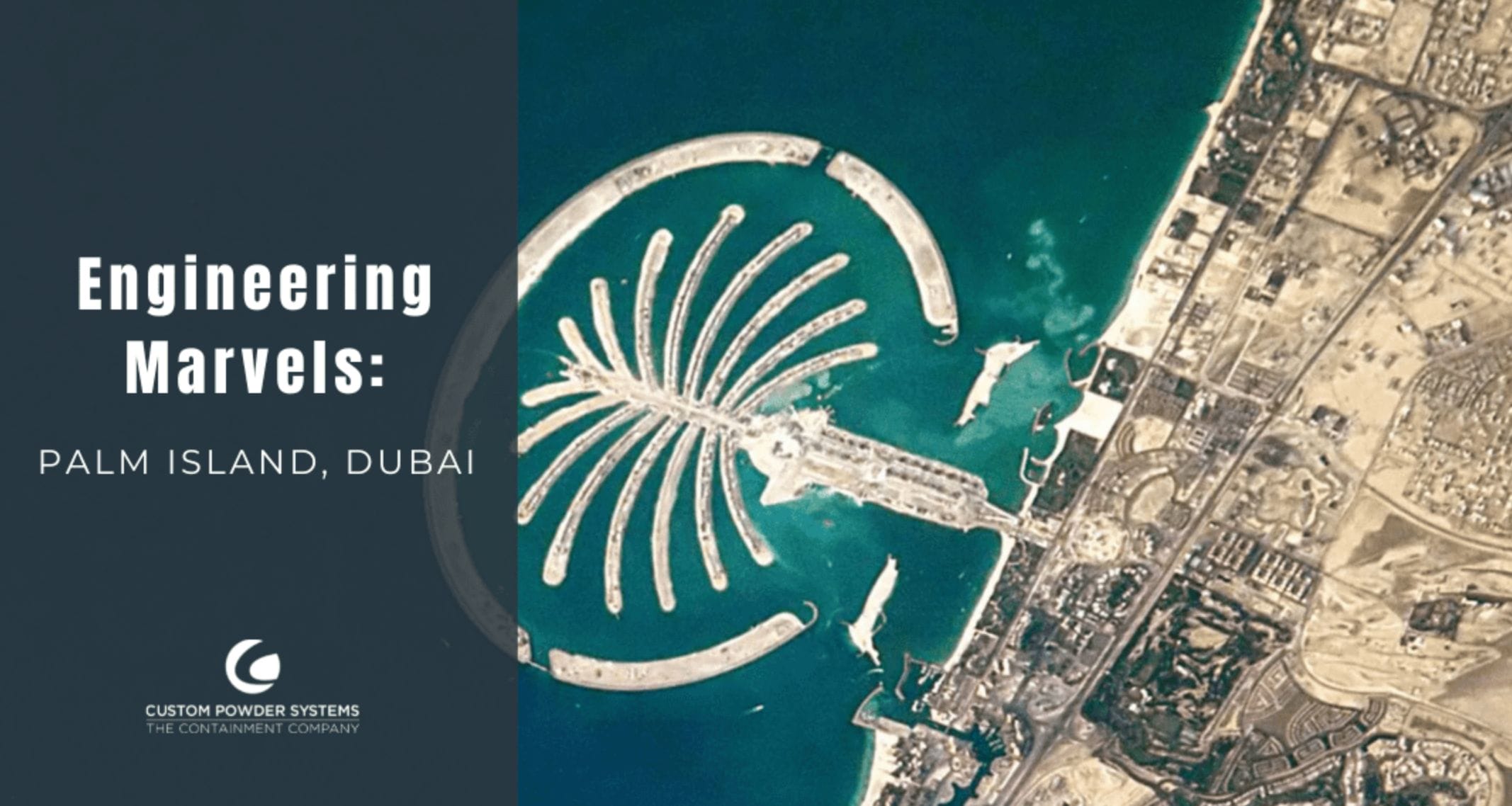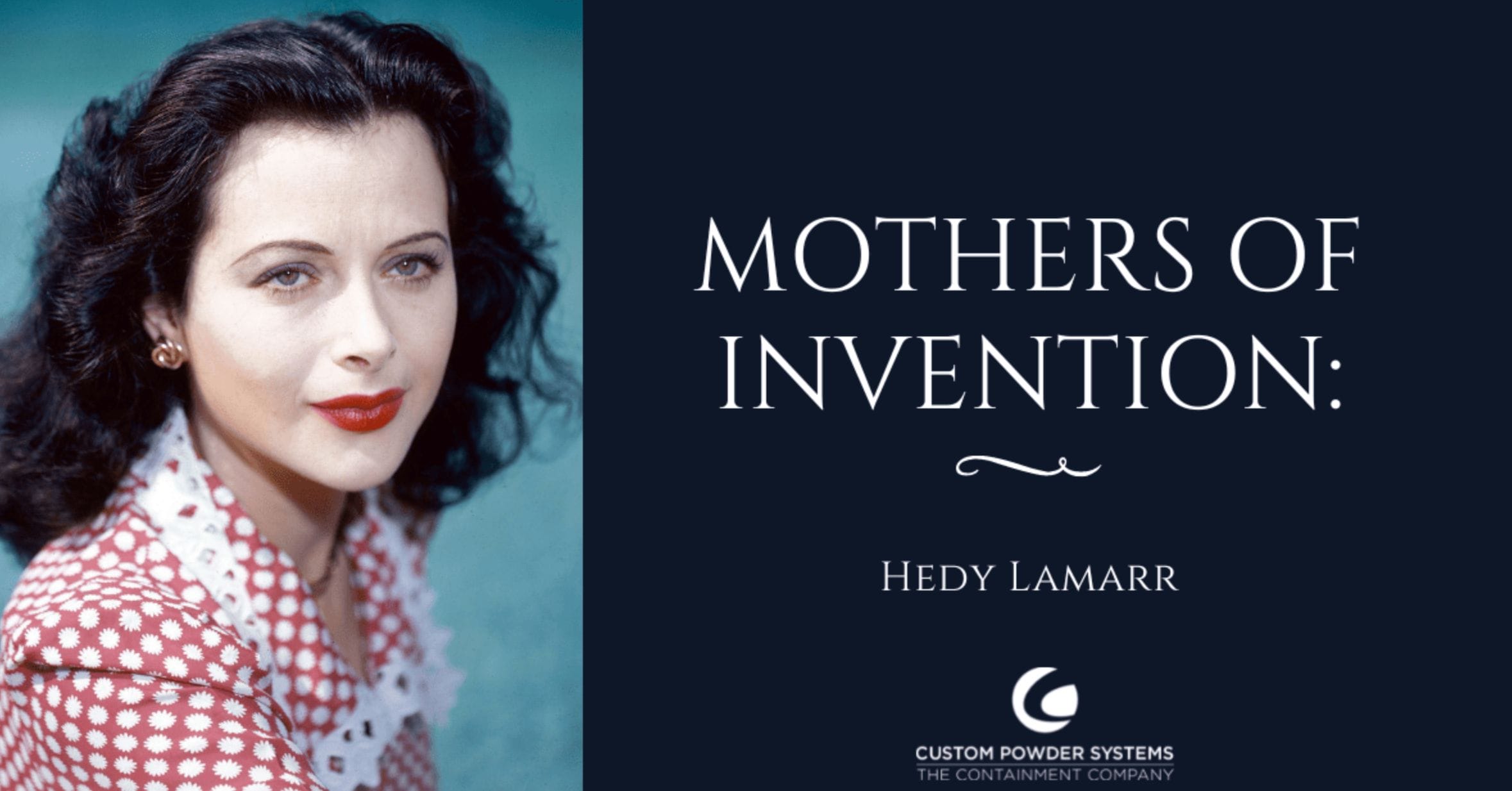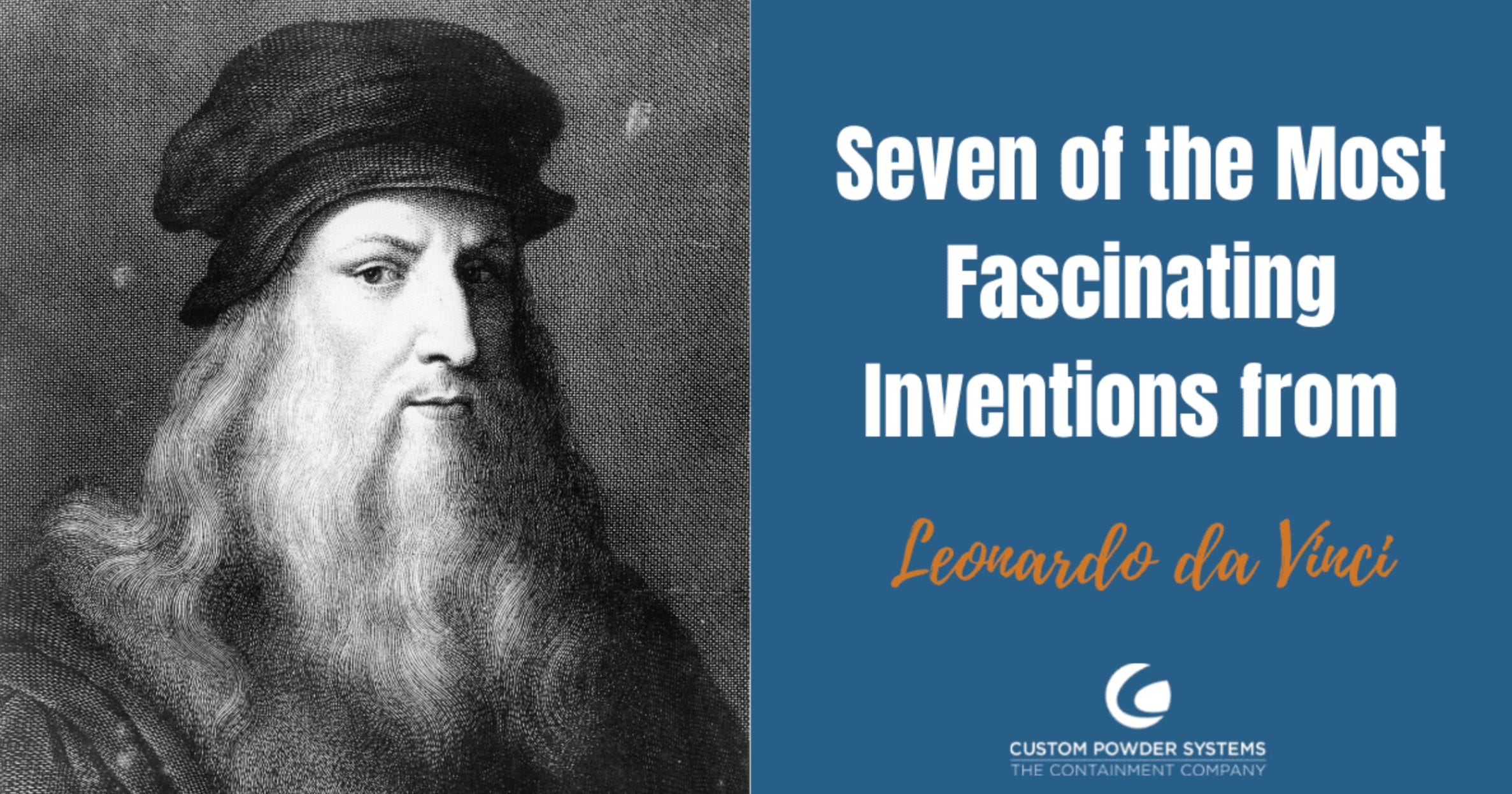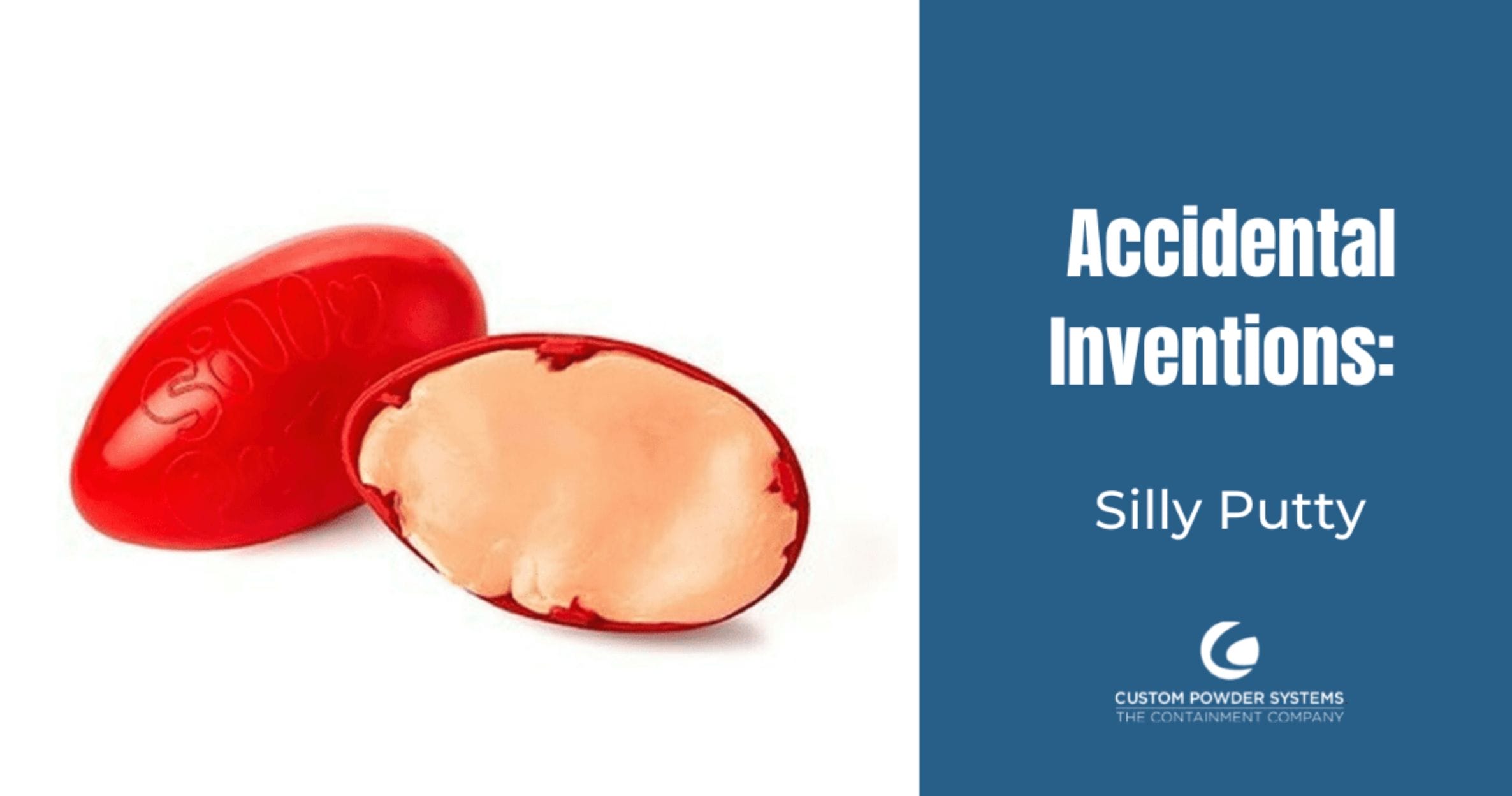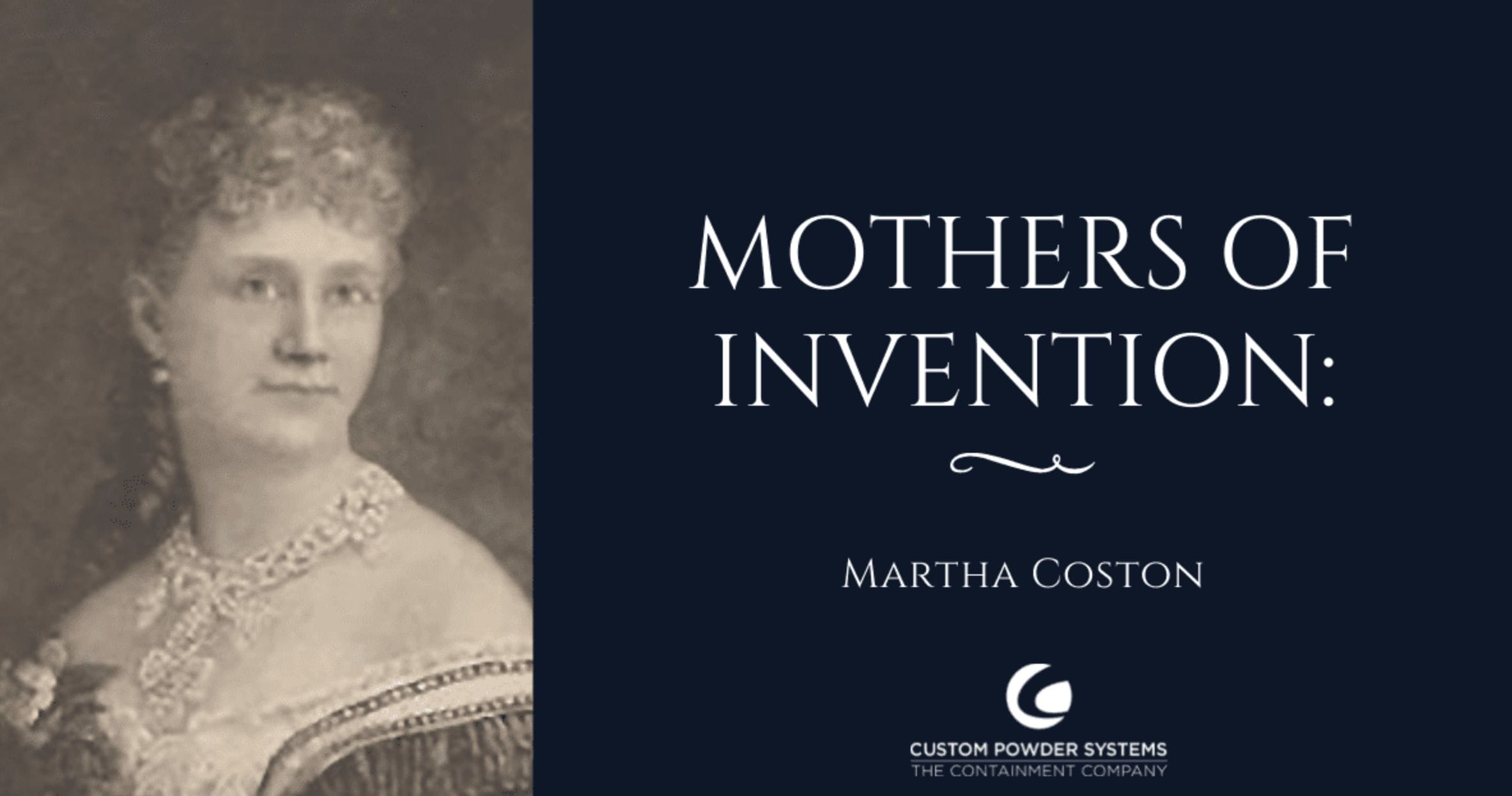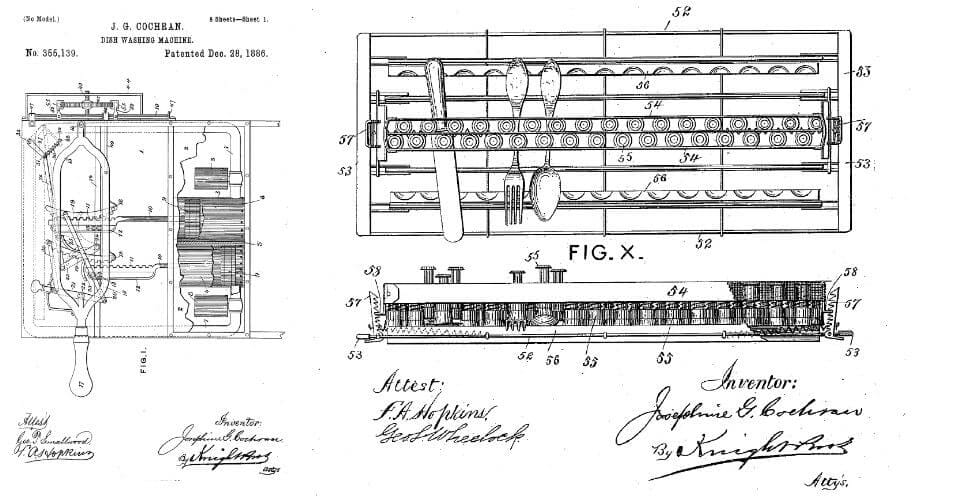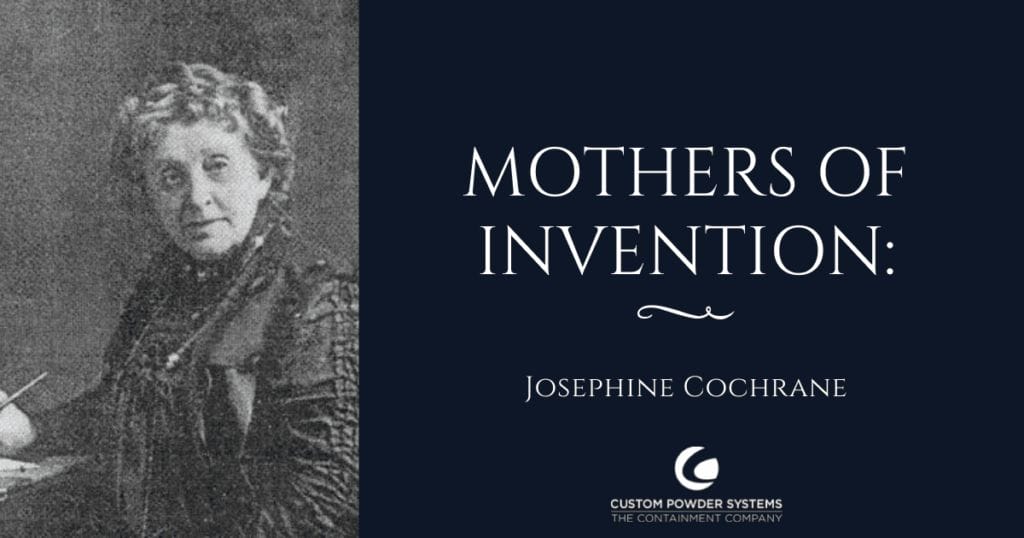What do you think it takes to build an island? How about one that is very specifically shaped like a tree? The engineers behind Palm Island in Dubai had to take a lot of things into consideration while constructing the incredible vacation spot.
Off the coast of Dubai, you will find a very uniquely-shaped island: Palm Jumeirah. This man-made tropical getaway spot is shaped like a palm tree with 17 fronds and hosts numerous hotels and vacation homes. Due to its location and design, the project also took quite a few specialized resources to complete, making it an awe-inspiring feat of architectural engineering.
A Palm Tree-Shaped Paradise
To diversify the local economy from its main source of income, oil, the prime minister of Dubai, Sheikh Mohammed, has spent the last several decades building up the city’s tourism industry.
In June of 2001, one of the most significant developments in the area began construction: Palm Island (Jumeirah). The master plan for the project was drawn up by Helman Hurley Charvat Peacock, an American architectural firm, and managed by Nakheel, a real estate company now owned by the government of Dubai.
Over the course of the next six years, the island’s infrastructure was built, soon followed by the construction of several hotels and vacation homes. Today, nearly 80,000 people reside on the island, surrounded by beaches and warm gulf water.
Unique Tools and Resources
Due to its unique shape, Palm Island took extensive, careful planning, specialized tools, and specific materials to build. Because of this, the project cost approximately $12 billion to complete.
The island was constructed from reclaimed materials, including 120 million cubic meters of sand from the Persian Gulf and 7 million tons of rocks from the Hajar mountains. Amazingly, no steel or concrete was used while building the main infrastructure. To prevent the sand from eroding from the surrounding water, a technique called rainbowing is used to spray sand and other material onto the island.
To ensure the island was shaped exactly to the plan, the construction team utilized satellites and GPS to precisely measure and place the building materials.
Other Considerations
Because the island was made out of natural materials, it is extra prone to erosion from the surrounding water. To combat this, the builders incorporated breakwaters around the perimeter of the island that helps to protect it from large waves and strong winds. These structures are also not continuous and feature spaces to allow the water to still flow and not be stagnant.
When altering a geological area, there is also a high probability that the local ecosystem will be disturbed. To help prevent liquefaction of the sand and disruption of the surrounding area, a technique called vibro-compaction was used to help improve the sturdiness of the island’s base. Additionally, approximately every six weeks, divers visit the coastal aquatic ecosystem to monitor the condition of the local wildlife and environment.
In the original plan, two more similar yet much larger islands, Palm Jebel Ali and Palm Deira, were designed to add even more areas for tourists to visit. However, construction has remained indefinitely on hold due to economic concerns.
What other types of unique destinations will we see engineers create next?
We at Custom Powder Systems appreciate marvels worldwide and love to travel. Here are some of our stories from visiting Dalian, China, and Ras Laffan, Qatar.
To learn more about the art of engineering, sign up for our newsletter.

